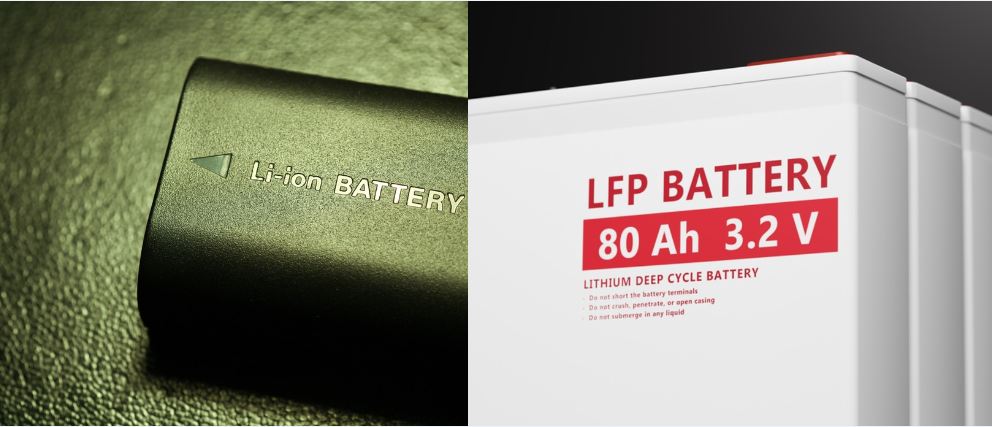Most solar power stations these days are powered by one of three types of lithium-ion batteries: lithium cobalt oxide (LCO), Lithium Nickel Manganese Cobalt Oxide (NMC), or lithium iron phosphate (LiFePO4).
Traditional lithium-ion batteries - which include both LCO and NMC chemistries - offer many advantages over older lead-acid batteries including Gel and AGM.
Li-ion batteries are lighter, more efficient, last longer, maintain a steady voltage longer into their discharge cycle, and can be discharged more deeply.
That said, LiFePO4 and traditional lithium ion batteries differ substantially in several ways, and many buyers end up getting the wrong type of battery for their application without knowing it.
In this guide, we will help you avoid this mistake. In it, we compare traditional lithium-ion batteries vs. the newer LiFePO4 power stations on the factors and features that matter most to any solar power system owner.
Li-ion vs. LiFePO4: Quick Comparison
Here’s a quick look at the differences and similarities between Li-ion and LiFePO4 power stations.
Li-ion | LiFePO4 |
Higher energy density (150-220 Wh/kg) | Lower energy density (90-160 Wh/kg) |
Smaller and lighter | Bigger and heavier |
More sensitive to high temperature | Excellent thermal stability |
<3% self discharge rate per month | <3% self discharge rate per month |
∼500-2,000 discharge cycles | ∼2,500-5,000 life cycles |
80% recommended depth of discharge | 80% recommended depth of discharge |
Now, let’s talk about these two types of battery technologies in more detail including their chemistry, energy density, safety, and longevity.
Battery Chemistry
All lithium-ion batteries, LiFePO4 batteries included, work by moving lithium ions from the anode (negative electrode) to the cathode (negative electrode) when discharging and vice versa when charging.
But there’s a difference in the materials and chemistries.
Lithium-ion Chemistry
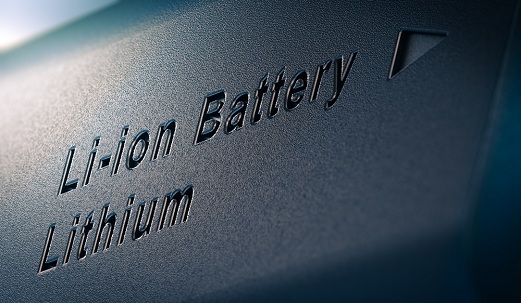
Conventional lithium-ion batteries use graphite as the anode and either lithium cobalt oxide (LCO) or lithium nickel manganese cobalt oxide (NMC) as the cathode.
When you hear about a lithium-ion power station, it is likely to be either an LCO or NMC power station.
LCO batteries are the most common, but many manufacturers are switching to NMC batteries in their power stations.
For instance, Goal Zero and Jackery power stations contain NMC batteries.
Because of the addition of manganese to cobalt, NMC batteries are slightly less volatile than LCO batteries, making them safer.
Also worth noting is that the Tesla Powerwall also uses NMC batteries.
LiFePO4 Chemistry
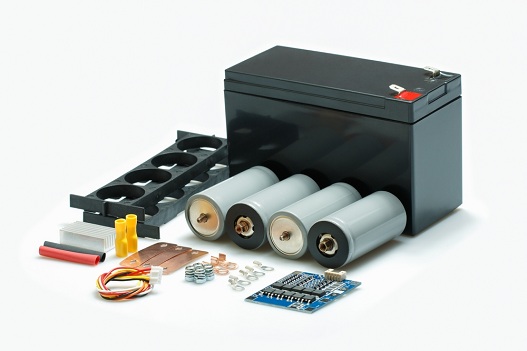
Lithium iron batteries do not contain any cobalt. This does make them less energy dense, but much more stable than both LCO and NMC batteries.
LiFePO4 batteries contain the usual graphite anode and an iron phosphate cathode.
The stable chemistry of LiFePO4 power stations makes them ideal for certain environments - hot areas in particular - where it would be unwise to use a Li-ion power station.
The most popular power station brand that uses LiFePO4 batteries is Bluetti.
Energy Density
A battery’s energy density refers to how much energy it can store per unit or volume of mass. A battery with more energy density packs the same amount of energy as another battery of the same rating, but in a smaller, lighter package.
All lithium-ion batteries are more energy-dense than lead acid batteries, which is one of the main reasons they are used in consumer electronics, phones, and power stations. They store more power in a smaller form factor.
Lithium-ion Energy Density
Conventional Li-ion batteries offer the highest energy densities available in a solar generator system. Both LCO and NMC batteries have an energy density between 150 and 220 Wh/kg.
This high energy density makes traditional lithium ion batteries a great choice for any solar system that needs to be compact, portable, and lightweight.
However, as we’ll talk about shortly, the high energy density comes with a few downsides.
LiFePO4 Energy Density
Compared to traditional lithium ion batteries, LiFePO4 batteries have a lower energy density of 90 to 160 Wh/kg.
A LiFePO4 power station with the same capacity as a Li-ion power station will be significantly heavier and probably a bit larger, as a result.
Safety Concerns
Lithium-ion Safety Concerns
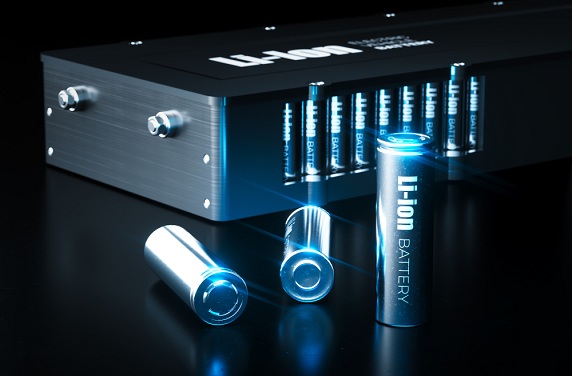
One of the biggest downsides of Li-ion batteries is their instability.
If an LCO or NMC power station is overcharged or exposed to high temperatures, it could damage the battery or lead to thermal runaway.
Thermal runaway occurs when the battery heats quickly, causing the battery to ignite or explode. Because Li-ion batteries contain hydrogen gas, any leak can cause a catastrophic fire.
NMC batteries are marginally safer, but still not as stable as a LiFePO4 battery.
The high energy density of traditional lithium-ion batteries also makes them a bigger safety hazard compared to lithium iron batteries.
That said, hazardous incidents are pretty rare.
For one, you’d need to expose the power station to temperatures over 140F for thermal runaway to occur. Even the Sahara doesn't get this hot.
In addition, Lithium-ion power stations come with a wide range of built-in protections to prevent excessive current and voltage as well as short circuiting. Many also include a fan to keep the battery cool.
Just be careful to maintain the power station within the recommended environmental specifications, particularly temperature.
This is especially important when charging the power station, as that’s when there’s a greater risk of thermal runaway. The charging process already generates heat.
The max charging temperature for most Lithium-ion power stations is 104-113F. Above that, and your system will likely stop charging to protect the batteries.
Tip: If you are recharging using solar panels, don’t leave the power station in the sun. If your charging cable is too short, get an extension so that you can charge the power station while it’s inside or under a shade.
LiFePO4 Safety Concerns
LiFePO4 batteries are safer and more stable compared to conventional lithium-ion batteries thanks to the absence of cobalt and nickel.
The lower energy density of a LiFePO4 power station also makes for better thermal and chemical stability.
Unlike li-ion batteries, a lithium iron battery is highly unlikely to undergo thermal runaway and self-combust.
That said, high temperatures can still damage a LiFePO4 battery and reduce its lifespan, so they typically have the same temperature range as Li-ion power stations.
Depth of Discharge
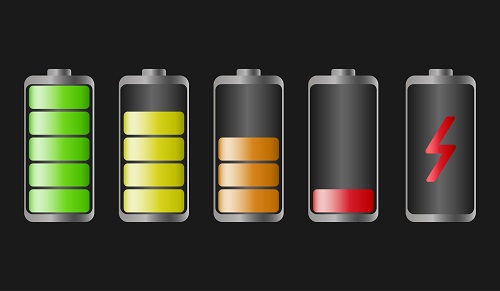
A battery’s depth of discharge (DoD) is the percentage of stored electrical energy that can be used before the cells are recharged again.
Say you have a 100Ah battery and only use 50Ah of energy. That’s a 50% depth of discharge.
Managing DoD is important to the performance and lifespan of a battery. To make batteries last as long as possible, we typically don't discharge them completely.
Lithium-ion batteries, including LiFePO4, can be discharged deeper than lead acid batteries - 80% compared to 50% for lead acid. This also means you need fewer cells than lead acid.
Lithium-ion
Conventional Li-ion batteries have a DoD of 80 to 85%. In many power stations, this depth of discharge is managed for you automatically.
In many consumer solar generators, if the power station indicates you’ve used all the charge, there’s still 15-20% of the charge left in the battery.
Check with the manufacturer to confirm this, however. If the power station doesn't have an automatic DoD, be careful not to discharge it more than 80%.
LiFePO4
Most LiFePO4 batteries can be discharged to 100% without causing serious degradation.
However, most solar power engineers recommend sticking to an 80% DoD to increase cycle life. With a 100% DoD, you’ll get 2,500-3,000 cycles out of a LiFePO4 battery. Keep it below 80%, and cycle life increases to 4,000-5,000 cycles.
As with Li-ion power stations, your LiFePO4 power station may already have the DoD baked into it’s “percent remaining” readout. If not, then it’s up to you to keep an eye on battery charge to make sure you always leave 20% in the tank.
Cycle Life
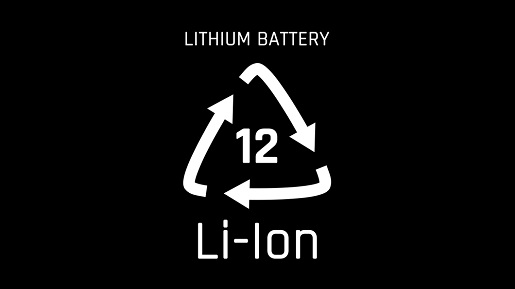
Lithium-ion batteries last longer than lead acid batteries because they can be discharged and recharged more times without losing as much voltage or capacity.
But even among Li-ion batteries, there’s a significant difference in lifespan or cycle life between traditional lithium ion and the newer lithium-iron power stations.
Note: We measure battery lifespan by how many recharge and discharge cycles it takes for storage capacity to drop to a certain level, usually 80%.
But the battery remains functional for many cycles after this. It just stores less and less energy over time. You can learn more in our post about how long solar generator batteries last.
Lithium-ion Cycle Life
For both Li-ion and LiFePO4 power stations, lifespan depends on the depth of discharge.
The deeper you discharge the battery, the fewer the cycles it’ll provide over its life.
Lithium-ion power stations, both LCO and NMC, generally last at least 500 cycles before their storage capacity degrades to 80% of listed capacity. That said, most Li-ion power stations will remain functional for up to 2,000 cycles. You just won’t have as much capacity.
In terms of years, in daily discharge applications the average lifespan of most Li-ion power stations is 2-3 years. That’s when capacity drops to 80%. But it can be 5-10 years before the battery truly dies and can no longer hold a meaningful amount of charge.
In addition to DoD, a Li-ion power station’s cycle life also depends on environmental conditions. If you constantly keep the power station in a hot environment, the battery is going to degrade quicker.
If you live in a hot climate or often go summer camping where it’s hot like Arizona or California, consider getting a LiFePO4 power station instead. It can tolerate higher temperatures without a major impact on its lifespan.
LiFePO4 Cycle Life
LiFePO4 batteries last much longer than conventional lithium-ion batteries. Assuming a 80% DoD, you can expect 2,500 to 3,500 cycles out of the power station before capacity noticeably starts degrading.
With a lower DoD like 60% and good care, you can get 5,000 or more cycles from the power station.
With a 100% discharge, the lifespan drops to about 1,000 to 2,000 cycles.
In terms of years, LiFePO4 power stations typically last about 5 to 7 years assuming daily discharging, and up to 10 years with low DoD and good care.
LiFePO4 power stations are not affected by temperature as much as Li-ion power stations. A temperature of 30C (86F) will not significantly affect the battery’s cycle life. Even 45C (113F) is not too bad.
This makes LiFePO4 power stations perfect for use in hot climates and on boats.
Lithium-ion vs. LiFePO4 Power Station: Which One Should I Get?
Buy a lithium-ion power station if you need a lighter, portable unit that you don’t plan to use every day. For example: camping, RVs, and boats (assuming you don’t live aboard). Most brands today sell Li-ion power stations, so you’ll also find more choice of models with this technology.
Buy a LiFePO4 power station if you need a power station that you plan to discharge every day of the year. For example: an off-grid cabin, a water pump, off-grid worksites, et al.
LiFePO4 power banks will cost you less in the long run. A LiFePO4 power station is also a good choice for grid-tied/solar-recharge applications where time-shifting your power supply will save on utility bills - and portability is not essential.
Bluetti sells LiFePO4 models for a wide range of applications.
Once you decide the type of batteries you need, check out our in-depth reviews and buying guides to select the right model for your application. We cover most ready-to-use portable solar generators, solar generators for camping, boating and RVs, and solar generators for home backup.
If you need a higher-capacity system (>5kWh) or a home solar power kit, then we recommend checking out Shopsolarkits.com. They sell a broad range of Lithium-ion and LiFePO4 solar kits & power stations that come pre-configured with solar panels, cables and other accessories.

